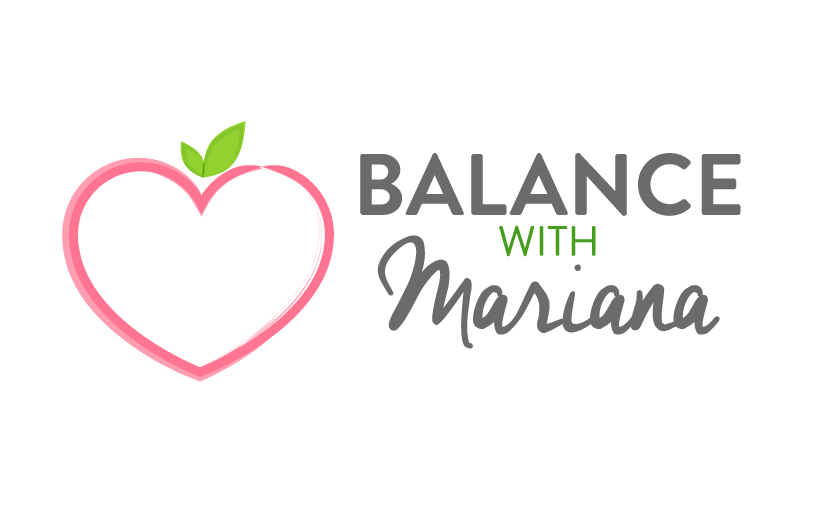Apart from watching WHAT you eat, it’s just as important to monitor:
The QUALITY of your food (are you getting organic where possible, avoiding excess pesticides, GMO ingredients, harmful ingredients, etc?)
How and when you’re eating, AND
What you use to COOK AND STORE YOUR FOOD.
Did you know that your favorite nonstick pans and plastic tupperware are hurting your health??
Exposure to harmful chemicals that are present in your everyday cookware can have hormone-disrupting and organ-damaging effects, which sets the stage for serious health issues including cancer, heart disease and more.
So it’s important to start NOW to clean up your kitchen, swapping your toxic cookware for “cleaner” options, which ultimately can make a huge difference for your future health.
Here is my mini-guide on how to get started cleaning up your kitchen and choosing safer cookware (and food storage ware):
1. Get rid of Teflon
Sadly Teflon is toxic and must be avoided! YES Teflon pots, pans and non-stick skillets are VERY convenient. Food doesn’t stick and clean-up of these pans is super easy. Problem is, when the heat gets high on Teflon, it releases toxins, sending particles through the air, onto kitchen surfaces and into anyone who happens to be in the immediate vicinity. Plus, teflon has been linked to cholesterol, fertility and thyroid problems. Read more here: http://www.ewg.org/research/pfc-dictionary
BETTER NONSTICK OPTIONS: GreenPan (love this complete set, or this basic set to start) or this Calaphon set and see point #4 below
2. Rethink your Plastic containers.
Most people are aware that heating food in plastic containers is a major safety no-no. But even us more health-conscious guys and gals are using plastic wrap, bags and containers for our meal prep, and it comes at a cost. Plastic containers are packed with hormone-disrupting chemicals that leach into food, not to mention poisoning land and sea – with a host of toxins. So next time you’re storing your leftovers or prepping food for the week, use clear, stackable GLASS containers instead. Read more HERE for a bit more ideas for how to avoid plastic and choose nontoxic containers.
3. Toss the Plastic Wrap (and if possible, almost any plastic that is touching food).
Plastic wrap may seem extremely useful, BUT it’s made of a type of plastic that contains endocrine (hormone) disruptors, takes hundreds of years to decompose, dumps chemicals into the ground, poisoning the environment and sickening or even killing creatures who are unlucky enough to ingest it. Instead (again) use glass containers, mason jars and glass bottles with metal lids, even silicone containers are better, and/or wrap with parchment paper. I recently bought these silicone adaptable lids that easily replace plastic wrap and are great for putting on to of any bowl/plate/cup/baking dish etc that you need to store in the fridge and doesn’t have its own cover.
4. Increase your Glass, Cast-Iron and Stainless Steel.
GLASS: Glass is great for storage, taking meals on-the-go, kitchen prep and baking. Glass bakeware and mixing bowls stand up to heat, whisking and even some chopping. It’s durable, relatively low-cost, sustainable and easy to clean, making it my #1 pick. Just note: after removing from a hot oven always place on a dry, heat-safe surface, towel, cutting board or cooling rack to prevent cracking.
CAST-IRON: Cast iron cookware is a classic safe cookware option that’s been used for generations. A well-seasoned skillet or pan can act similarly to non-stick versions, and provide even heat throughout the cooking process, both for the stovetop and oven. They do however require specific clean-up and seasoning after each use, plus they’re heavy. If you want a nicer-looking version that doesn’t require so much clean-up/seasoning, go for high-quality, porcelain-enameled cast iron cookware such as Le Creuset, which is an easier-care alternative. They’re my personal favorite. I love them and use them more than any other brand.
STAINLESS STEEL: Stainless steel is a great, more eco-friendly option, that resists stains and corrosion, and is relatively easy to clean. However yes it requires cooking with oil, but that’s ok as long as you use the right kind. And when things start to stick you can always add some water to avoid it. It just takes some getting used to. I also recently learned that there are different levels, and buying the right quality of stainless steel helps. Look for pieces marked 18/8; 18/10; ‘300 series’ or ‘304 grade’ which I’ve read indicates higher quality and less corrosion. Another great (more expensive) option is titanium cookware.
Some good “cleaner” cookware brands include: All-Clad, Calphalon, and again Le Crueset (for stainless steel as well as their traditional cast-iron)
What else to AVOID?
Plastic cooking utensils. Aim for stainless steel (but beware of scratching your pans), wooden utensils and silicone.
Aluminum pots and pans - as it may cause aluminum to leach into food
Most nonstick pots and pans – as they can release toxic gasses when exposed to high heat (even if they say they’re free of Teflon)
Any chipped ceramic dishware or bakeware. The glazes used in ceramic dishware often contain lead and cracked or chipping glazes may be more likely to leach lead into foods and liquids.
Dish racks made of plastic-coated wire. If possible, substitute with stainless steel dish racks.
Related blogs:


